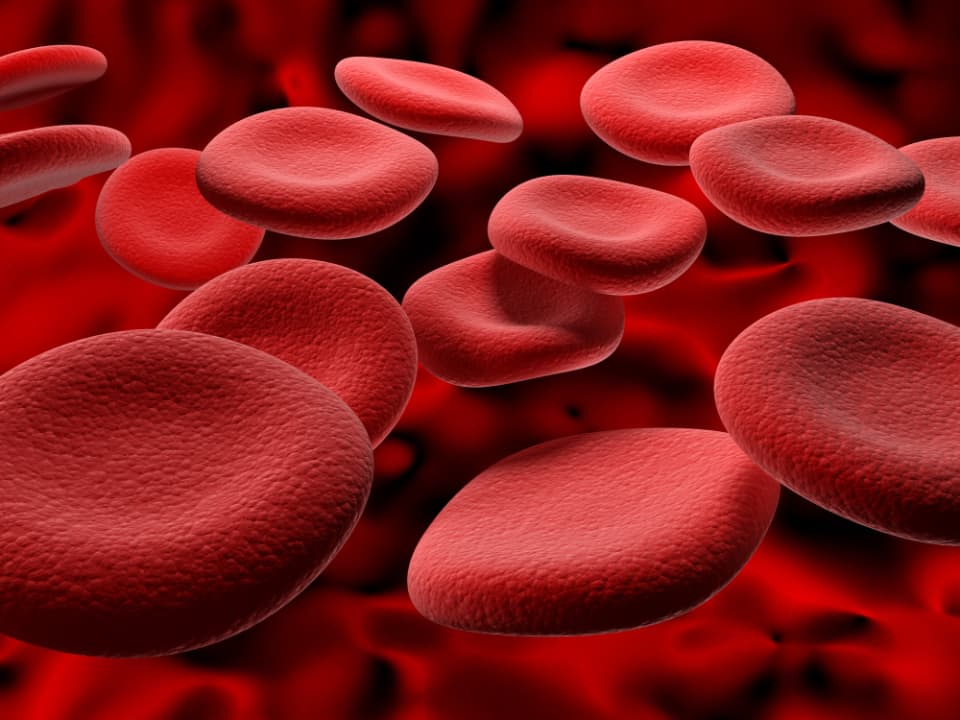Single-dose gene therapy dramatically reduces bleeds in haemophilia B patients
A single-dose gene therapy has demonstrated significant reduction in bleeding episodes for adults with haemophilia B, potentially offering a long-term solution to this genetic disorder.
New research published 26 September 2024 in the New England Journal of Medicine [1] reveals that a novel gene therapy for haemophilia B has shown remarkable efficacy in reducing bleeding episodes and potentially freeing patients from the burden of regular factor IX infusions. The international Phase III clinical trial, led by researchers from the University of Pennsylvania Perelman School of Medicine, has demonstrated that a single infusion of the gene therapy can dramatically improve patients’ quality of life.
Haemophilia B explained
Haemophilia B is a rare genetic disorder characterised by a deficiency in clotting factor IX, which impairs the blood’s ability to form clots. This condition affects approximately 30,000 individuals in the United States, predominantly males. Without proper treatment, patients are at risk of spontaneous bleeding, particularly into joints, which can lead to chronic pain and mobility issues over time.
The current standard of care for haemophilia B involves prophylactic infusions of factor IX, which can be burdensome for patients, requiring frequent treatments and careful planning to maintain adequate clotting factor levels.
Breakthrough in gene therapy
The study evaluated the efficacy of fidanacogene elaparvovec, a gene therapy designed to enable the liver to produce factor IX. This approach aims to provide a long-term solution by addressing the underlying genetic cause of haemophilia B.
Dr Adam Cuker, section chief for Hematology and clinical director of the Penn Blood Disorders Center and the Penn Comprehensive Hemophilia Program, who led the study at Penn Medicine, explained the rapid onset of the therapy’s effects: “What we saw from patients in this study was that within a few days of receiving the gene therapy infusion, it took root, and their bodies started making factor IX for the first time in their lives.”
Impressive results
The trial included 45 participants who were followed for at least one year after receiving the gene therapy. The results were striking:
- An average 71% reduction in bleed rate compared to the year prior when patients were on prophylactic factor IX infusions
- More than half of the participants experienced no bleeds after receiving the gene therapy
- Many patients were able to discontinue regular prophylactic factor IX treatments
Dr Cuker emphasised the life-changing nature of these outcomes: “We always want to be careful about using the word ‘cure’ especially until we have longer follow-up data, but for many of these patients, it’s been life changing.”
FDA approval and availability
Based on the results of this study, the US Food and Drug Administration (FDA) approved fidanacogene elaparvovec in April 2024. This marks the second gene therapy approved for the treatment of haemophilia B, following the approval of etranacogene dezaparvovec-drlb in November 2022.
Penn Medicine is among the select medical centres in the United States offering access to these approved gene therapies, as well as ongoing clinical trials for new gene therapy approaches.
Safety considerations
While the therapy shows great promise, it is not without potential risks. The most common adverse effect observed in the study was an immune system reaction against the liver cells targeted by the gene therapy. This reaction, if not promptly treated, could render the therapy ineffective. In the trial, affected patients were successfully treated with steroids to mitigate this immune response.
Long-term follow-up is crucial, and patients in the study will continue to be monitored for at least five years to assess any potential long-term side effects.
Impact on patient quality of life
Beyond the clinical outcomes, the study highlighted the profound impact this therapy can have on patients’ daily lives. Dr Cuker noted the psychological burden that many haemophilia patients carry: “We hear from people born with haemophilia that – even if their disease is well-managed – there’s this burden that’s always in the back of their mind. The frequent infusions, the cost of treatment, the need to plan for infusions when travelling, what happens if they do experience a bleed, and so on, is always there.”
The potential to alleviate this constant worry represents a significant advancement in patient care. “Now that we have patients who were treated on this study and are essentially cured of their haemophilia, they’re telling us about realising a new, ‘haemophilia-free state of mind,’” Dr Cuker added.
While the results of this study are encouraging, researchers emphasise the need for continued long-term follow-up to fully understand the durability and safety profile of the therapy. The success of this approach also opens doors for further research into gene therapies for other genetic disorders.
Reference:
- Cuker, A., et al. (2024). Gene Therapy with Fidanacogene Elaparvovec in Adults with Hemophilia B. New England Journal of Medicine. https://doi.org/10.1056/NEJMoa2302982


